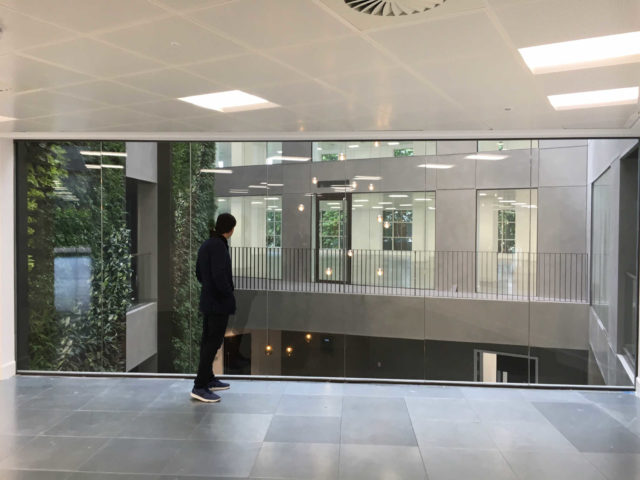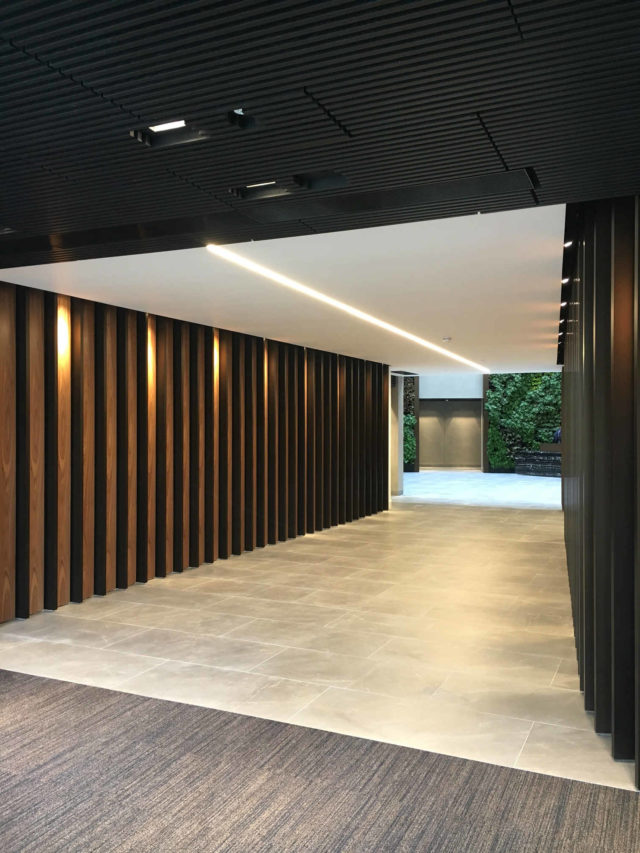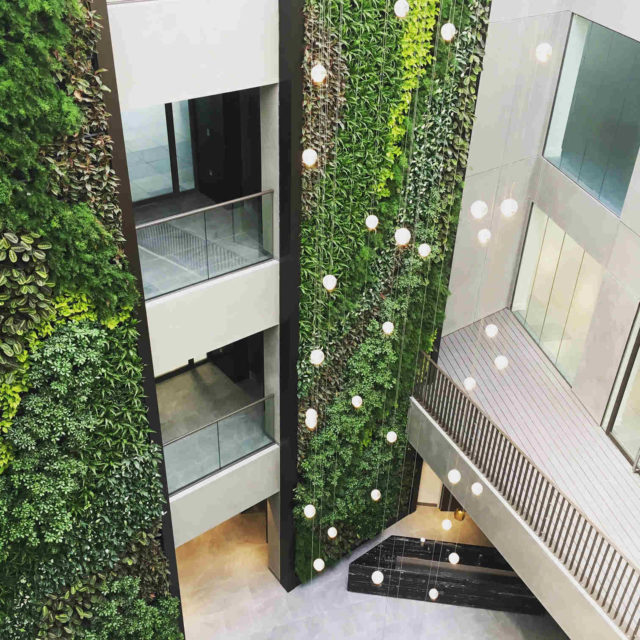In today’s landscape, wellbeing is being driven by several factors. Companies are increasingly becoming aware that prioritising the wellbeing of their workforce can improve productivity and therefore profits, but employers are also becoming more conscious of their responsibilities towards those who work for them.
As a result, these influences are driving employers to look for offices that can prove their wellbeing credentials. And let’s not forget the employees too. Today’s workers are so much more aware of what their office could be and how it impacts their mental and physical health, and as a result are far more demanding.
Invest in healthy buildings
To stay competitive, developers, therefore, need to ensure that wellbeing measures form part of their brief for the development and refurbishment of buildings. Essentially, if more money is invested at the design stage in great lighting, effective acoustics and optimum air quality, the commercial rewards will be that much bigger further down the line. Ultimately, healthier building means healthier, happier occupants, less staff turnover and better productivity.

Embrace the opportunities
Workplace wellbeing is really coming to the fore in our industry and designers also need to welcome it as an opportunity, rather than seeing it as a challenge. A few years ago we were debating whether we need to provide cycle stores in buildings. Now roof terraces, showers and lockers are a given and we are discussing what other amenities we should be considering. Some offices install slides, mini golf, golf simulators, bars, cafes… the list is constantly developing, but all are aimed at making the physical workplace more appealing to workers and better for their wellbeing.
Flexible, future-proof designs
Increasingly, healthy buildings are ‘smart’ buildings too. But while we need to invest in integrating this technology into a building, we also need to bear in mind that it may have a design shelf life. Therefore, we have to invest in creating adaptable spaces that allow for flexibility and ease of implementation in years to come. Likewise, the spaces we create need to be flexible enough to accommodate the way people work today, which often includes co-working environments, private spaces, break out areas and cafes.
Bringing the outside in
At gpad, our projects are being designed with healthy living in mind, such as One Cathedral Square in Bristol. Here, a tired building was transformed into an incredible office space, with spacious reception areas and internal terracing to encourage movement, as well as changing areas, showers and storage for 50 bicycles. Large, open floorplates surround a naturally lit atrium, which also houses a vast living wall, extending 13 metres high. The expanse of lush, natural greens offers an impressive focal point, drawing the eye upwards into the atrium and effectively bringing the outside in.

Biophilic design
Employees on upper levels also benefit from floor to ceiling glazing, which maximises the natural light and gives inspiring views across the foyer and over the natural wall. The living wall is a statement piece, but it is also a very calming natural backdrop, which allows some relief away from a computer screen. Indeed, research shows that biophilic design can have a hugely beneficial on wellbeing and productivity, lowering stress levels. Consider CBRE’s 2016 report, ‘The Snowball Effects of Healthy Offices’, for example, which suggests that those people exposed to nature murals and live or artificial plants perceived their work performance to be 10% better, while 65% felt healthier, 76% felt more energised and 78% felt happier.
Above all, I urge everyone in the supply chain to remember that designing a workplace today is all about investing in space that will evolve with the way people work. It’s about constantly striving for the best office environments for workplace wellbeing and future-proofing the spaces we’re creating.
Enjoyed this article? Read more inspiring articles on healthy buildings here.
Charles Bettes is an architect and managing director of architectural practice, gpad London ltd.
Content Team
Work in Mind is a content platform designed to give a voice to thinkers, businesses, journalists and regulatory bodies in the field of healthy buildings.





